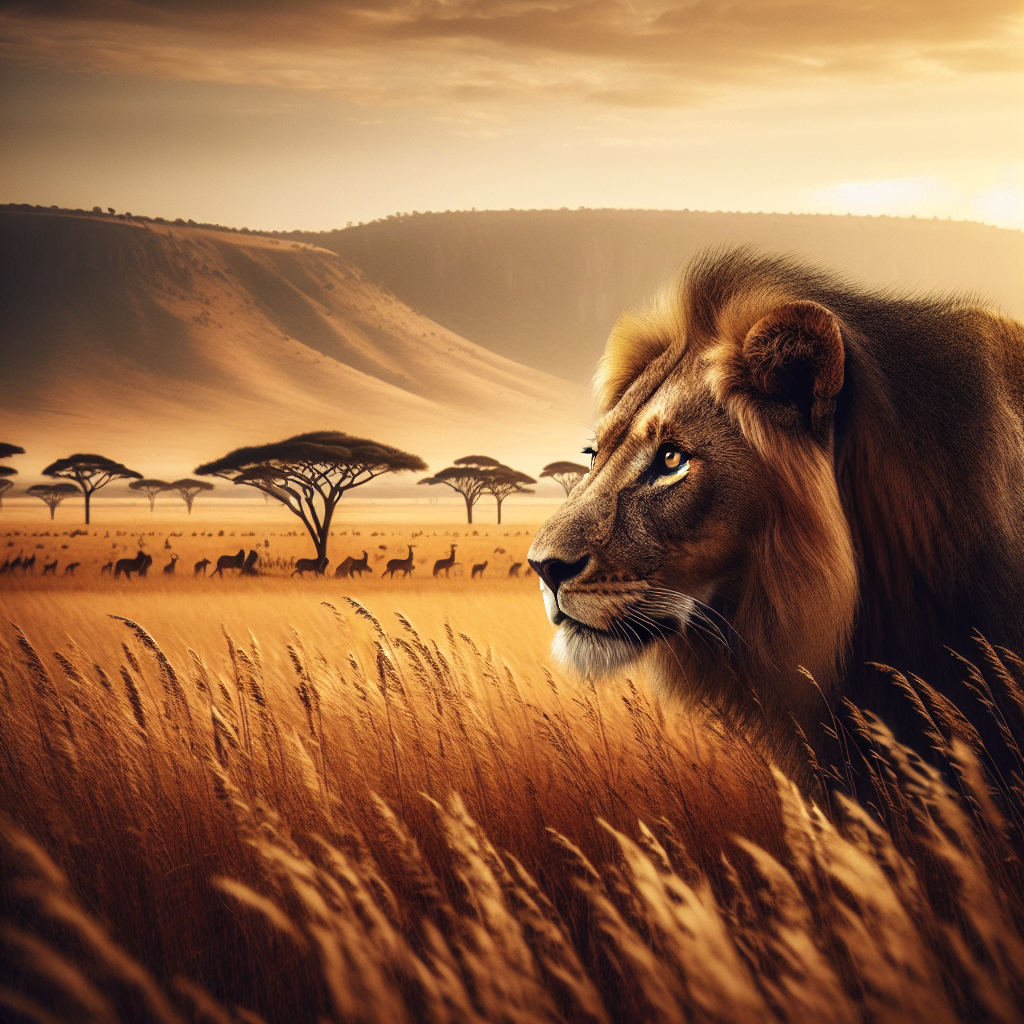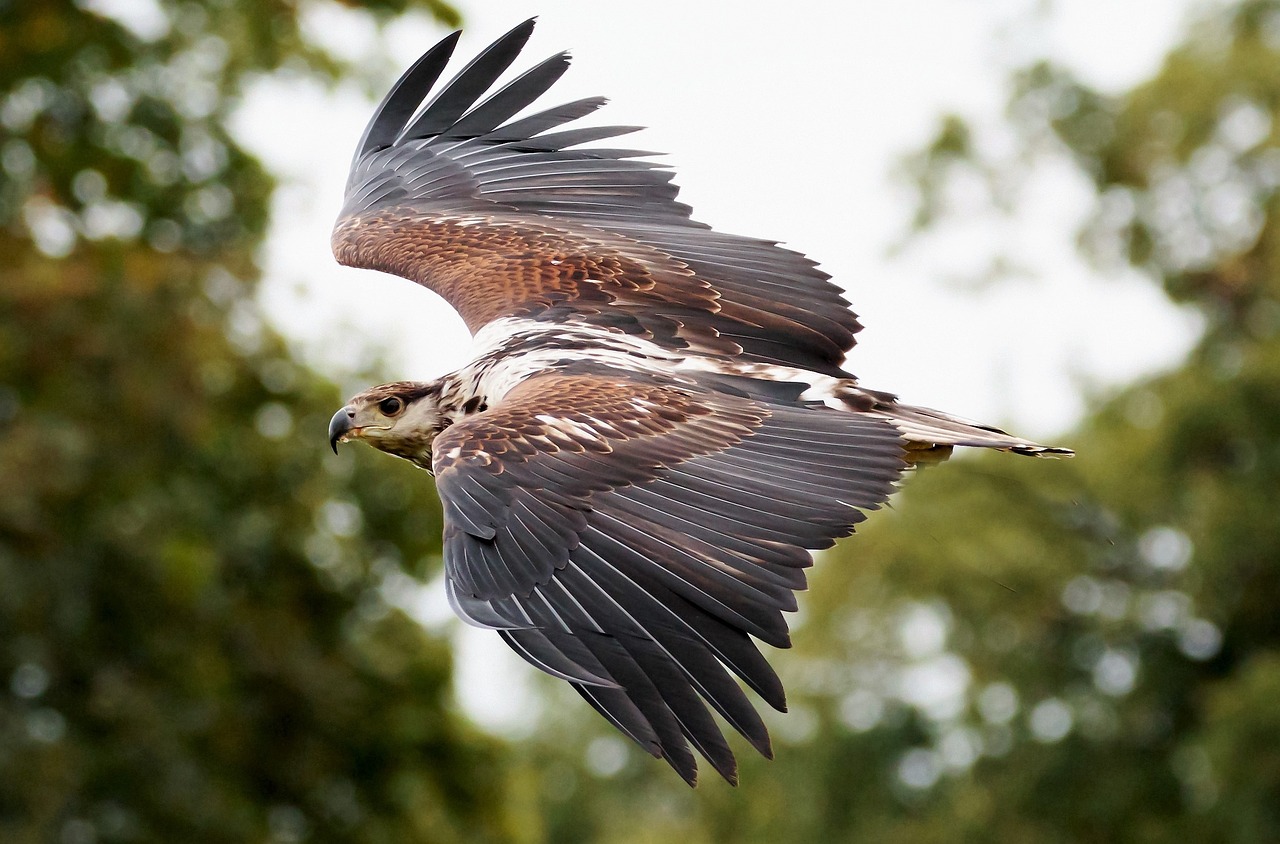So you’re curious about how lions hunt? Well, let me fill you in on their incredible hunting strategies. Lions are known for their exceptional teamwork and powerful hunting skills, making them one of the most successful predators in the animal kingdom. In this article, we will explore the fascinating techniques and tactics that lions employ when it comes to hunting, giving you a glimpse into the thrilling world of these majestic creatures. Get ready to be amazed by the stealth, strength, and strategic prowess of the king of the savannah.

Types of Lions
African Lions
African lions, scientifically known as Panthera leo, are the most iconic and well-known lion species. They are native to various regions in Africa, including savannas, grasslands, and arid areas. African lions are known for their majestic manes, which are more prominent in males than females. These lions live in pride groups, consisting of multiple lionesses, their cubs, and a few dominant males. African lions are skilled hunters and have developed impressive hunting techniques to ensure their survival in the wild.
Asiatic Lions
Asiatic lions, also referred to as the Indian lion or Persian lion, belong to the Panthera leo persica subspecies. They are predominantly found in the Gir Forest National Park and Wildlife Sanctuary of Gujarat, India. Unlike African lions, Asiatic lions have smaller and sparser manes, with little to no mane on the belly area. They have adapted to the more forested habitats of India, where they primarily prey on deer, antelopes, and other ungulates. Asiatic lions are considered endangered, with a smaller population size compared to African lions.
Hunting Strategy
Hunting in Groups
Lions are known for their exceptional teamwork when hunting in groups. This hunting strategy is primarily employed by lionesses. They form cooperative hunting units, often referred to as prides, to increase their chances of a successful hunt. By working together, lionesses can coordinate their movements and strategically plan their attacks. This allows them to take down larger prey, such as wildebeests and zebras, which would be difficult to overpower individually. Hunting in groups also helps in protecting their cubs and maintaining dominance over their territory.
Hunting Solo
While lionesses primarily engage in group hunting, male lions sometimes hunt alone. Solitary hunting is usually done by dominant males who are not part of a pride or have been temporarily ousted from their pride. These lions are often older or injured males who are unable to compete for resources within a pride. When hunting solo, they rely on their strength and power to ambush and overpower smaller prey, such as hares or warthogs. Solo hunting can be a challenging endeavor for male lions, as they lack the coordination and assistance provided by a group.
Hunting Techniques
Stalking
Stalking is a common hunting technique employed by lions, especially when hunting in groups. Lionesses, known for their stealth and agility, use their camouflage to their advantage and creep silently towards their prey. They take advantage of any available cover, such as tall grass or trees, to remain hidden from their unsuspecting prey. Stalking allows lions to get as close as possible to their target, increasing the probability of a successful ambush.
Ambush
The element of surprise is crucial in lion hunting, and one of the most effective techniques is the ambush. After stalking their prey, lions launch a sudden and swift attack, often from a concealed position. They utilize their powerful legs and muscular bodies to pounce on their prey, aiming to kill it with a precise bite to the neck or throat. Ambushes are highly coordinated, with multiple lionesses working together to increase their chances of success.
Chasing
When targeting faster and more agile prey, such as antelopes and gazelles, lions resort to chasing. These hunts can be exhilarating and full of energy, as lions sprint after their prey at incredible speeds. A combination of speed, endurance, and strategic maneuvering is essential for a successful chase. Lionesses often work in a synchronized manner, taking turns to run and corner their prey until they can deliver a final, fatal blow.
Surround and Exhaust
In some cases, especially when hunting larger prey like buffaloes, lions employ the surround and exhaust technique. This strategy involves a group of lionesses strategically surrounding the prey, creating a barrier to escape. By continuously harassing and chasing the prey, the lions exhaust it both physically and mentally, weakening its defenses. This technique requires patience and persistence, as lionesses must work together to tire out the prey before going in for the kill.
Choosing Prey
Size and Age
Lions carefully select their prey based on size and age. They often target weaker or older individuals, as they are less likely to put up a strong defense or escape. Lions prefer vulnerable prey like young or sick animals that are easier to catch and subdue. By focusing on weaker prey, lions conserve energy and increase their hunting success rate.
Health
Lions have a keen sense of identifying healthy prey. They can detect signs of illness or injury by observing the behavior and physical condition of their potential targets. Healthy prey is preferred due to its higher nutritional value and the reduced risk of consuming diseased meat. Lions are instinctively selective when it comes to choosing prey, ensuring they maximize their chances of obtaining a healthy and nourishing meal.

Communication During the Hunt
Roaring
Lions use vocalizations as a means of communication during the hunt. Roaring is one of the most recognizable sounds associated with lions, and it serves multiple purposes. During a hunt, lionesses may roar to signal their presence to the rest of the group, ensuring that all members are in sync. Roaring can also be used to intimidate or scare off potential competitors or prey, disrupting their behavior and creating an advantage for the hunters.
Visual Signals
Lions communicate through a variety of visual signals, especially when hunting in groups. Tail movements, facial expressions, and body postures convey vital information to other members of the pride. When stalking or approaching prey, lionesses may use subtle signals to coordinate their movements and maintain stealth. Eye contact and head movements are also crucial in signaling hunting strategies and coordinating attack angles.
Scents and Markings
Lions leave their scent markings on trees and rocks within their territory as a form of communication. These scent markings not only declare ownership of a specific area but also serve as a signal to other members of the pride. During a hunt, lions may use their sense of smell to detect the presence of prey or potential threats. By utilizing their highly developed olfactory senses, lions can analyze scents and determine the proximity of prey, allowing them to plan their approach accordingly.
Hunting Success Rate
The success rate of lion hunts varies depending on multiple factors, including the availability of prey, hunting techniques employed, and the skill and experience of the hunting individuals. It is estimated that lionesses have a success rate of approximately 30%, with successful hunts occurring every 1 in 3 attempts. However, the success rate can be significantly higher when hunting in groups, especially when targeting larger prey. Male lions, when hunting solo, have a lower success rate due to the challenges they face in isolation.

Impact of Habitat and Prey Availability
Open Grasslands
Lions are well-suited to open grassland habitats where the vegetation is sparse. These areas provide ample visibility for hunting, allowing lions to spot potential prey from a distance. The vast and open spaces also facilitate group hunting strategies, making it easier for lionesses to coordinate their movements and surround prey. Open grasslands offer favorable conditions for successful hunts, particularly when herbivores congregate in large numbers during migration or grazing periods.
Dense Vegetation
Hunting in areas with dense vegetation can be more challenging for lions. Thick bushes and forests limit visibility, making it difficult for lions to sneak up on their prey or spot potential targets. In such habitats, lions may rely more on ambush tactics while hunting solo. Additionally, dense vegetation can limit the movement and agility of lionesses, reducing their effectiveness in group hunts. However, certain prey species, such as deer and antelopes, thrive in dense vegetation, providing lions with opportunities for successful hunts.
Hunting Challenges
Injuries
Hunting is not without risks, and injuries are a common challenge faced by lions. When hunting large and potentially dangerous prey, such as buffaloes or wildebeests, lions risk sustaining injuries from kicks, horns, or retaliatory attacks. These injuries can range from minor scrapes and bruises to more severe wounds that can hinder a lion’s ability to hunt effectively. Injuries sustained during hunting can also leave lions vulnerable to infections or other health complications, further impacting their hunting success.
Failed Hunts
Despite their skill and strategies, lion hunts do not always result in a successful kill. Failed hunts can occur due to a variety of factors, such as prey escaping, misjudged attacks, or prey detecting the presence of lions and evading capture. Failed hunts can be physically and mentally exhausting for lions, especially during prolonged chases or ambushes. They may be left hungry and in need of energy, requiring them to continue their hunting efforts until another opportunity presents itself.
Competition from Other Predators
Lions face competition from other predators in their ecosystem, particularly when it comes to accessing prey. Hyenas, leopards, and wild dogs are examples of predators that often compete with lions for similar food sources. These competing predators may steal kills or scavenge on the remains of lion kills, reducing the availability of food for lions. This competition necessitates both efficient hunting techniques and the ability to defend kills from scavengers.

Lioness as Primary Hunters
While male lions are often associated with strength and dominance, it is the lionesses that serve as the primary hunters within a pride. Lionesses are smaller and more agile, making them better suited for stalking, ambushing, and chasing prey. They possess the necessary hunting skills and instincts to provide for their entire pride, including their cubs. In contrast, male lions typically focus on protecting the pride, asserting dominance over rivals, and defending the territory.
Conclusion
Lions are amazing predators with diverse hunting strategies and techniques. Whether hunting alone or in groups, lions utilize their strength, coordination, and communication to increase their hunting success rate. By selecting appropriate prey, employing various hunting techniques, and adapting to different habitats, lions have established themselves as top predators in the animal kingdom. Their hunting prowess ensures their survival and the survival of their prides in the ever-challenging and competitive African and Asian landscapes.


